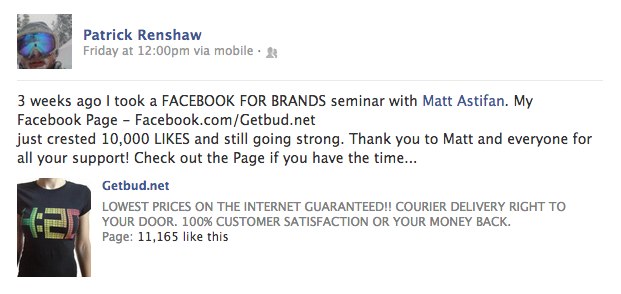You’ve got an awesome product or service. Your website looks pretty. You’re ready for business.
So why isn’t anyone calling?
The short answer is that there’s a lot more to a good website than you might think. Though it might look nice and be intuitive for you, there’s a good chance that there are some gaping holes lurking around your site.
In other words, your website is feeling a little under the weather – but just like when you’re feeling not-so-hot, it’s fixable.
Go to the Doctor
When something’s wrong with you but you’re not sure what it is, you probably head to the doctor (or, at least, you consult Dr. Google). Your doc probably won’t be able to help with your website, but we can: a website audit is the e-version of the doctor’s appointment.
A website audit is all about finding what elements are performing as they should, and what pieces are not. In our basic package, we search for broken links, HTML code errors, duplicate content, keyword ranking and visibility, etc.
Just like your appointment, audits are pretty quick an easy: we’ll meet with you for an hour to listen to your “symptoms” (a.k.a. your online marketing objective and goals), then we’ll take a few days to run our tests and assemble information. Once we’ve done our work, we’ll meet with you for another hour to discuss our findings, recommendations, and next steps.
Your doctor might recommend surgery, but that doesn’t mean you have to do it right away. On a similar note, our consultations are no-obligation: you can choose to act on our recommendations, or you can think about it for a little while.
Follow Up With the Specialist
You know what’s wrong and you’re ready to take action. Time to book an appointment with the specialist who is going to fix you right up.
Depending on what is wrong in the first place, a simple Band-Aid might be all you need to get back into shape. But let’s say your audit returned highlighting some major weaknesses in the search engine optimization department, and you want that fixed, stat. The next step would be getting an SEO specialist involved (Cloud9 does that!).
If it’s your SEO that needs fixing, we’ll work with you to determine your objectives and strategies, and we’ll come up with some keywords together that will convert searches into sales. We’ll roll up our sleeves, snap on our surgeon’s gloves, and take a look at your website’s structure, putting things back together in a way that makes your website shine.
SEO not the problem? Whatever we find in the audit, we’ll fix at this step, whether it’s a tiny job, a major overhaul, or somewhere in between.
Stay In Shape
Congratulations – you’re feeling better! Now don’t let all that hard work go to waste. Just as new illnesses and injuries come and go, the web is constantly changing. Links go stale, SEO algorithms change, and so on. Adequate follow up is key to staying in good shape.
Touch base with us every few months, and we’ll make sure that everything is running smoothly. If it’s not, we’ll help you fix it. You can even sign up for monthly website assessments so that we can proactively fix minor issues before they become big problems.
Once your website has got a clean bill of health, you can focus on providing your customers with the best product or service! That’s all there is to it.










